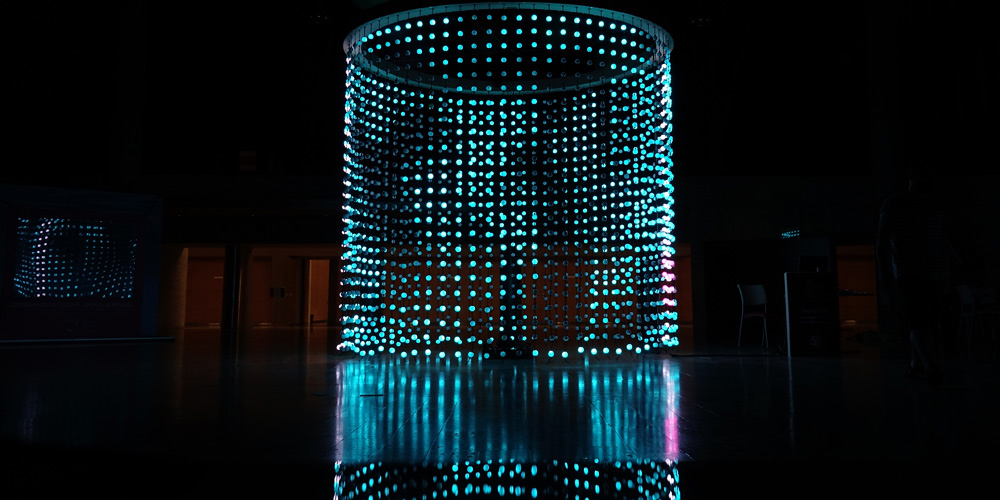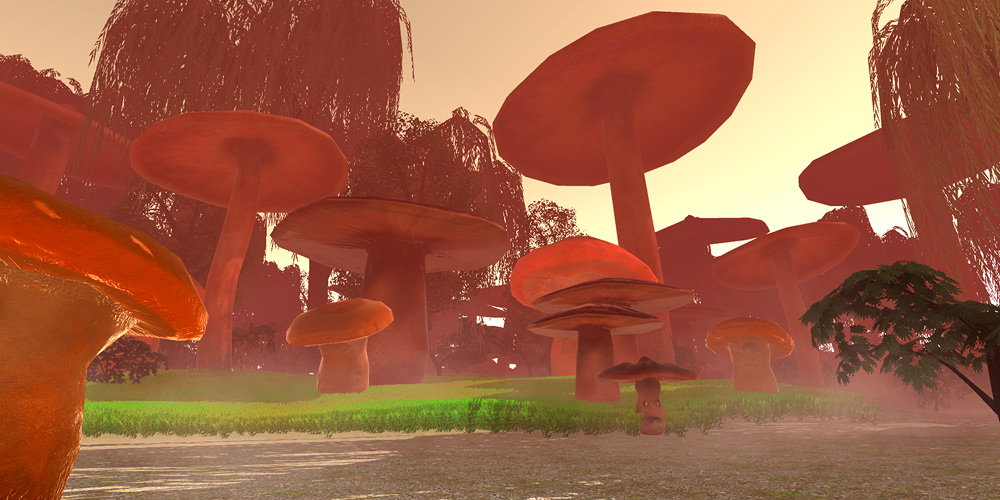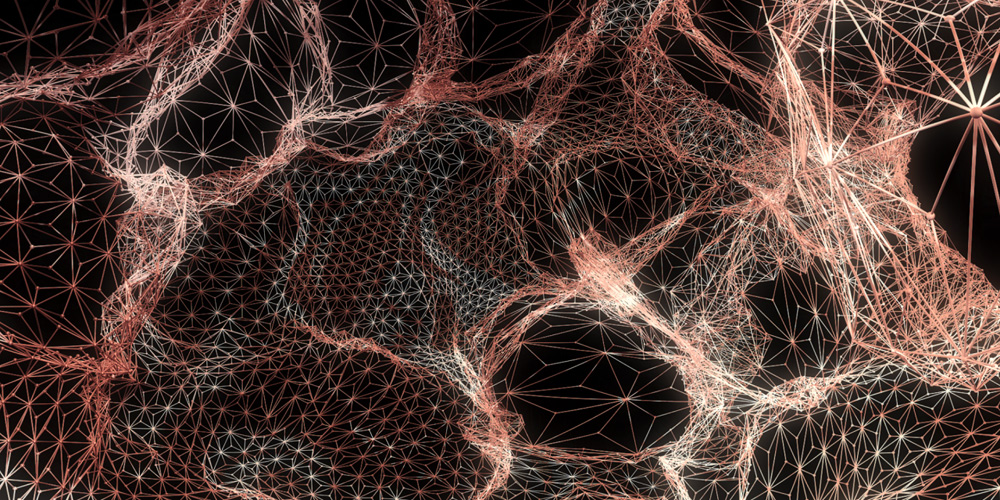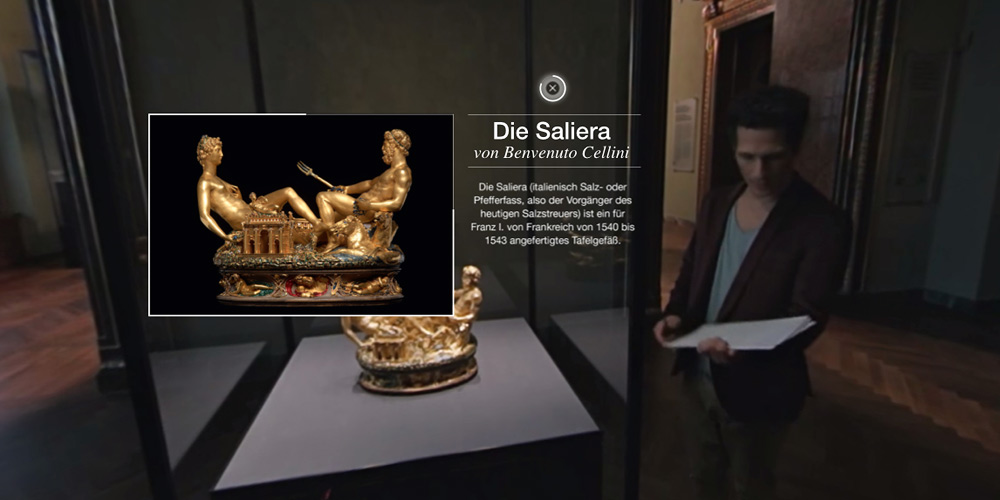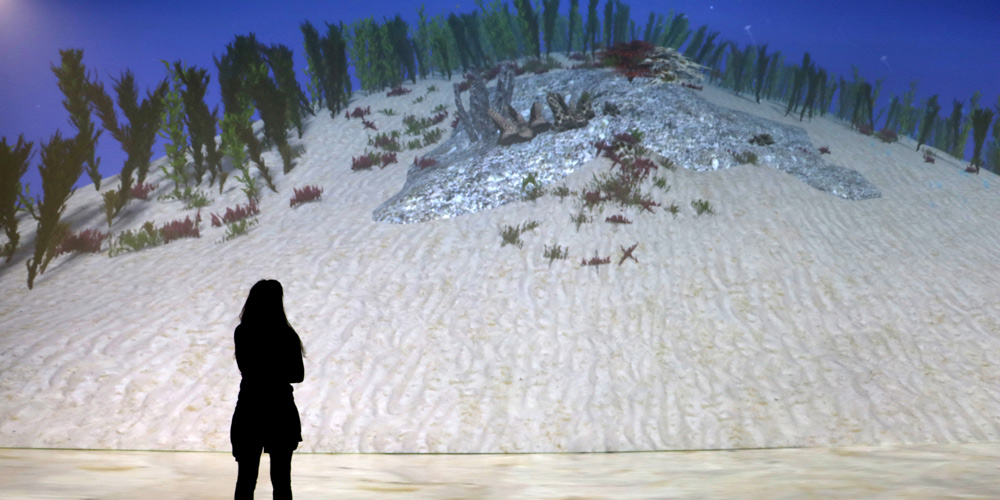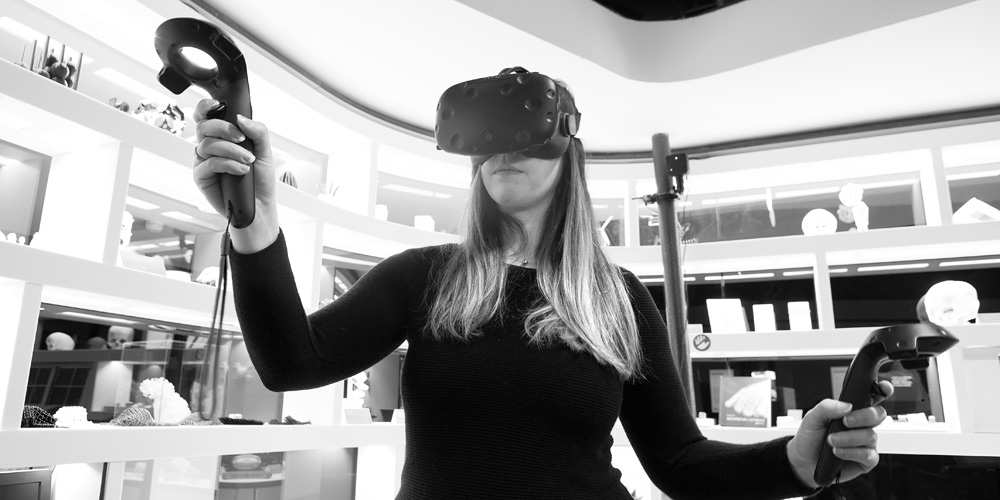
Virtual reality, augmented reality and mixed reality, total immersion in virtual worlds and superimposing data onto our reality—for several years now, everybody has been talking up these concepts and ideas once again. The VRLab in the Ars Electronica Center’s Main Gallery showcases the latest VR, AR and MR technologies.

